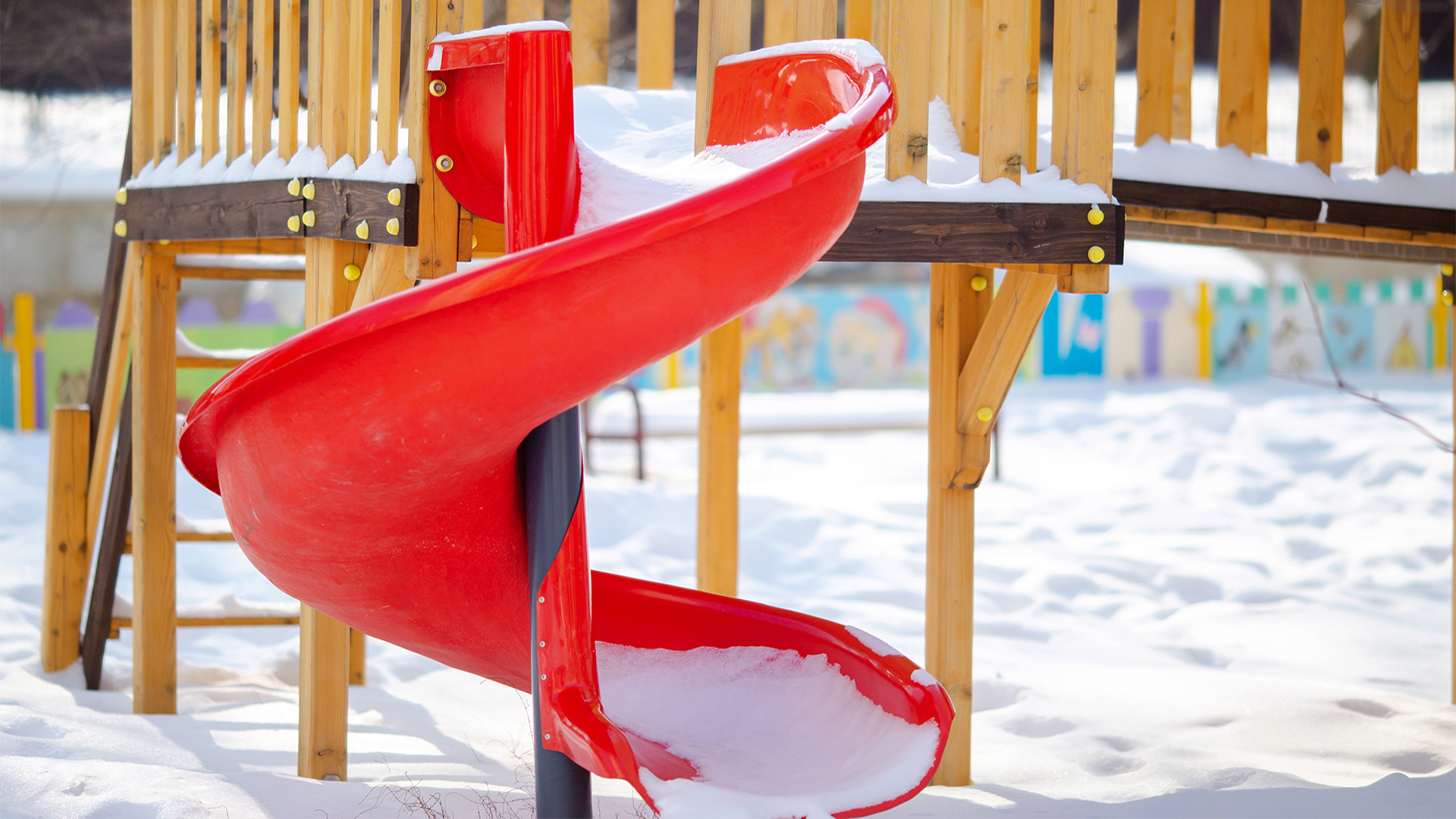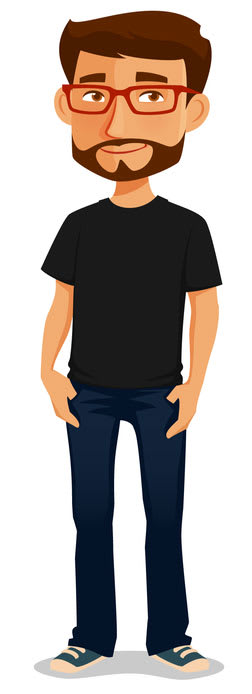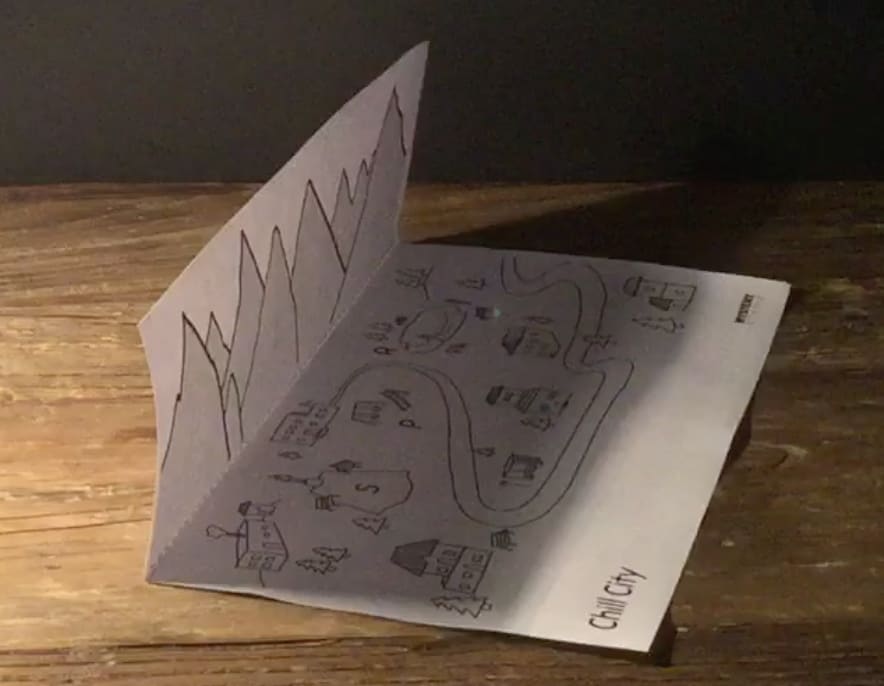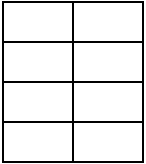
How could you warm up a frozen playground?



things`you’ve
touched`on`a`summer
day?
anything`melt`in
the`sun?

DISCUSS:
How could you bring the sun’s light and heat to this town? (Hint: You can’t move the sun, but is there a way to move the sunshine?)
















Extensions
Below are ideas for extending this topic beyond the activity and exploration you just completed.
- Lesson Assessment : Open-ended drawing prompt
- Readings: Three informational books about sunlight, temperature, and staying cool in the summer.
- Video: News footage from Rjukan, Norway.
- Activities: Further investigations of the relationship between temperature and sunlight.
These online books are free for educators registered on Epic!:
Temperature: First Science by Kate Manolis discusses temperature and its effects. (Age 5-7)
What Does Sunlight Do? by Jennifer Boothroyd describes the role of sunlight in bringing light and warmth to the Earth. (Age 5-7)
Keeping Cool in Summer by Rebecca Felix is an interactive book about the many ways we stay cool in the summertime. (Age 7-9)
Show students a news report about the real town of Rjukan, Norway that inspired the activity for this lesson.
Activities
With these activities, students can investigate how to make a hot place colder (the opposite of our Mystery!):
- Cool Trees -- Measure the effect of shade trees on temperature in this activity from the Lawrence Hall of Science.
- Melting Chocolate -- Observe how quickly chocolate melts in the sun and the shade from NOAA.
- Black, White, or Silver? Investigate which color is heated most by sunlight in this activity from Origin Energy.




